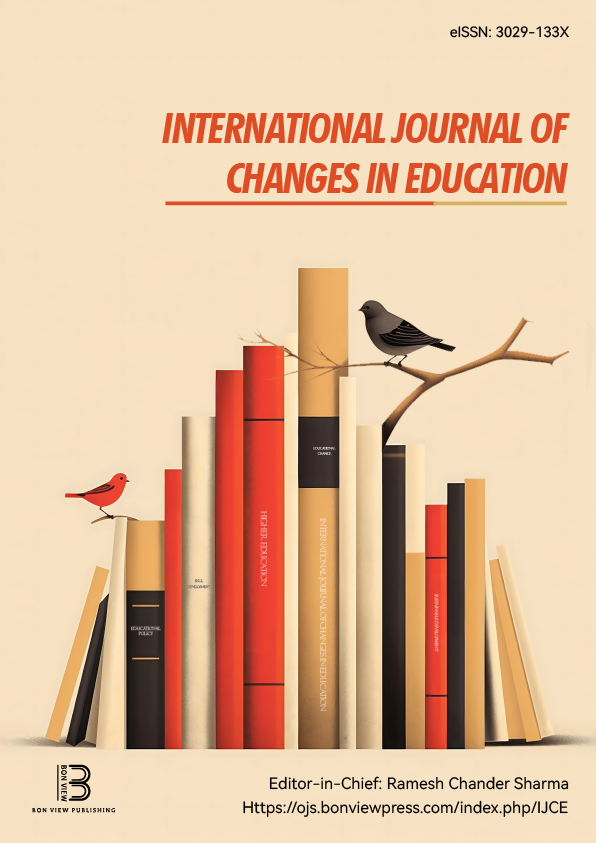Communication and Recognition of Emotions and Facial Expressions of Primary School Students, with and without Covid-19 Masks; A Study in China and Italy
Pei An, Libera Università di Bolzano (Italy)
Abstract
This study aimed at giving voice to Primary School students from China and Italy about their expression and recognition of emotions. Participants were 46 Italian students and 99 Chinese students, aged 7 to 10 years, who worked in pairs as model or drawer. The model demonstrated a facial expression of emotion, with or without a Covid-19 Mask. The drawer guessed the emotion that the model wanted to express, without prior enquiry, and drew and wrote it on a paper. The model then wrote the emotions that they really wanted to express through their facial expression, on the same piece of paper. 122 valid drawings and texts were obtained. These were analysed in terms of measures: Number of occurrences of different emotion types; Number of occurrences of non-emotional words; Agreement or Disagreement on emotion type with masks; and Agreement or Disagreement on emotion type without masks. Findings were compared by seven core aims: students' ability to express and recognize facial expressions and emotions; emotional diversity; the prevalence of specific emotions; and the influence of age and culture on these abilities. The findings suggest that 83% of students without masks could distinguish between emotions and facial expressions, a capability that slightly reduced to 76% with masks. The most commonly expressed emotion was 'Happy', indicating potential biases towards familiar or easily recognizable emotions. The study revealed significant variability in the success rates of emotion recognition, with younger students (7-8 years old) showing higher proficiency without masks compared to their older counterparts. However, this advantage diminished with mask usage, underscoring the challenges posed by facial coverings. Among the 17 emotions detected, happiness was the most frequently expressed, followed by anger, and sadness. There was some indication that Covid-19 Masks negatively affected students ability to recognize other's emotions through facial expressions, but this was not the main factor. The results are discussed in terms of their methodological and practical implications, as they emphasize the importance of valorising how young students felt their emotions during the Covid period, and how Masks can hinder the recognition of other’s emotions.
Keywords: Facial expressions, Emotion, Mask, Covid-19, China; Italy
 New Perspectives in Science Education
New Perspectives in Science Education





























